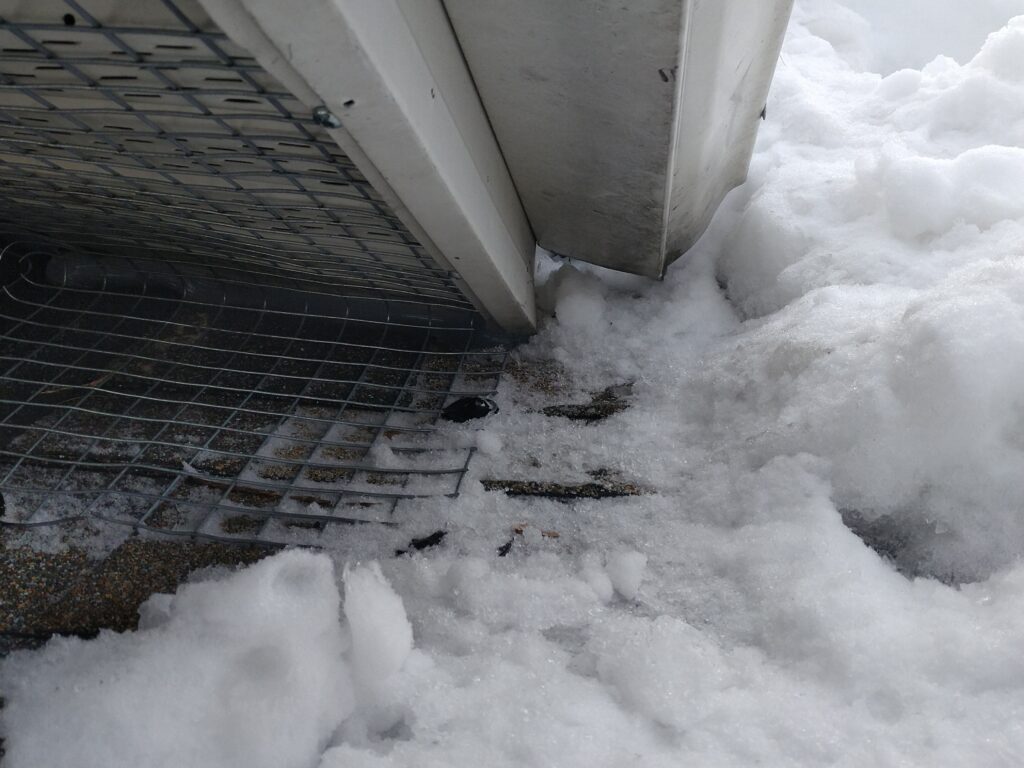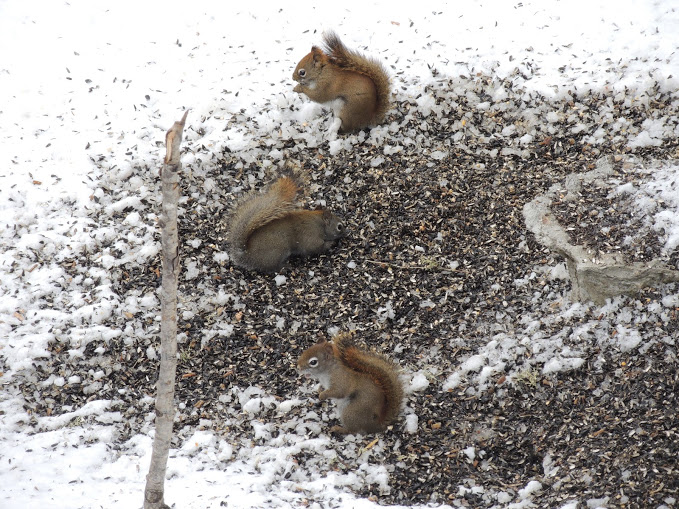Many types of urban squirrels do not hibernate as some of their squirrel cousins do. Some squirrels may enter into a state of daily torpor, while other squirrels, like the eastern gray squirrel, do not hibernate at all. The eastern gray squirrel is a common sight in many lawns throughout Milwaukee and other parts of the country. Find out how the eastern gray and other squirrels that do not hibernate survive the winter months and who to contact if you require squirrel removal in Milwaukee.
Luck Favors the Prepared
Squirrels who survive the winter with few hiccups prepare through the fall months leading to the big chill. Rather than scrambling as the cold weather arrives, the squirrels who have foraged all fall long are in the best shape for survival before the first flake hits the ground. There are a few identifiable ways that squirrels who do not hibernate prepare for winter.
Bulk Up
Squirrels don’t just save up their food for winter; they also save up their fat stores. Fat stores are commonly associated with hibernators, but because the winter is just as chilling to animals that do not hibernate, squirrels put on a solid outlier of fat to help get them through freezing temperatures and inclement weather. Since they may still have to go out to forage from time to time, the outer layer of fat will help them keep warm in the elements.

Stash Food
Squirrels generally have two methods of stashing food for the winter months. They are adept thinkers and planners.
- After finding ideal lodging, they stash their food inside to avoid venturing out into the cold as much. Their stores will be very close by and hopefully safe from weather that could spoil them and be harmful to the squirrel.
- Nature can be brutal, and the squirrel knows it. The squirrel will also bury its winter bounty in many different places, away from the prying eyes of those who may have other, less pure intentions. Squirrels know that their winter nest could be overtaken or damaged at any time. While their indoor winter storage seems like a great idea now, if the only food source they have prepared for winter gets destroyed, damaged, or overtaken, their survival odds grow less and less. Squirrels plan for the best and prepare for the worst, which is likely why they survive the long winter.
Secure Lodging
Safe lodging that is far from predators but close to food sources is ideal for the squirrel. In many cases, squirrels will also bunk together over the winter months as a measure of safety and necessity. If some squirrels are always in the den, it is less likely that another squirrel or other animal will overtake the nest. Another application of numbers is warmth; when squirrels huddle together on the coldest nights, they can create heat that a singular squirrel can’t.
When Winter Hits
Many squirrels will go out less and less when winter hits. The weather is unforgiving, and other animals are especially hungry for prey, as their food supplies are scarce too. However, it may be necessary sometimes for squirrels to head out into the snow to find their buried stash of snacks to help sustain them until the spring.
When you see squirrels foraging in the snow, you may also observe a peculiar squirrel behavior that is likely to tug on your heartstrings. Don’t worry! You are seeing shivering. Shivering is a totally natural and practical mechanism of the squirrel to generate warmth during the coldest weather. Often, squirrels will shiver as they sense their body temperature dropping, and shivering can bring it back up to a safe level to return home to their nest.
Contact Skedaddle Humane Wildlife Control for any squirrel removal services that you require in Milwaukee or the surrounding areas.




